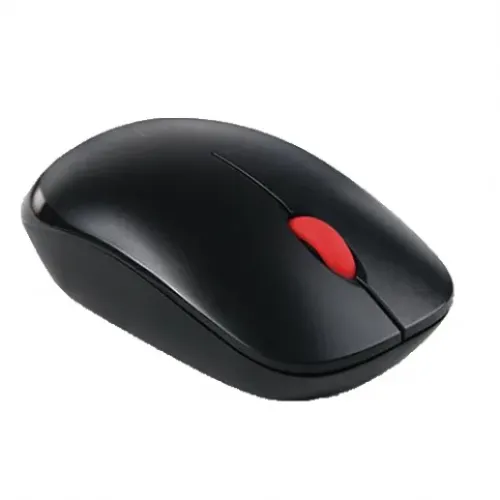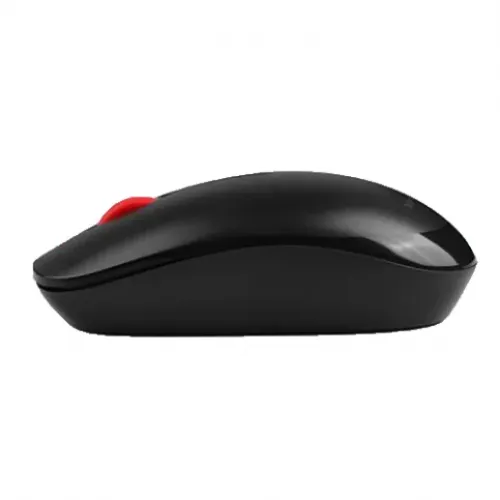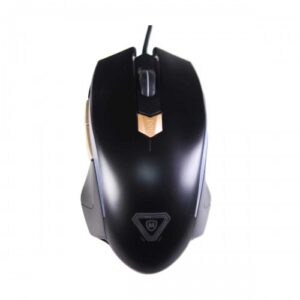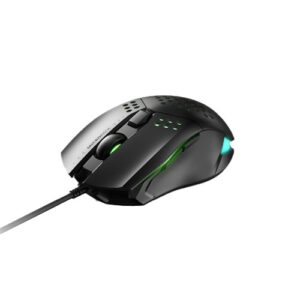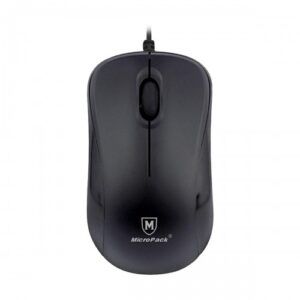Key Features and Specifications of the Wireless Optical Mouse
The wireless optical mouse has become an essential tool for many computer users, owing to its multitude of features and specifications that enhance user experience. One of the most noteworthy attributes is the number of keys available. Typically, a standard wireless optical mouse includes a left button, a right button, and a scroll wheel. The left and right keys facilitate primary functions such as selecting and executing commands, while the scroll wheel provides efficient navigation through long documents or web pages. This arrangement of buttons is designed to maximize functionality, thereby significantly improving productivity.
Another pivotal feature of the wireless optical mouse is its optical sensor sensitivity, measured as 1200 CPI (counts per inch). This specification is crucial as it directly impacts the precision of cursor movements. A higher CPI allows for more precise tracking, reducing the chances of unintended cursor jumps, which can be particularly beneficial during activities such as graphic design or gaming. Users can enjoy smoother and more accurate control, contributing to an overall improved digital experience.
Additionally, the physical dimensions of the wireless optical mouse, typically around 108 x 60 x 35 mm, are engineered for optimal ergonomics. This compact size is important for user comfort, particularly during prolonged usage. An ergonomic design can help reduce strain on the wrist and fingers, making it more convenient for users to engage in extended periods of work or leisure without discomfort.
Lastly, warranty information is an important consideration when purchasing a wireless optical mouse. Most manufacturers offer warranties that cover specific defects or malfunctions, providing users with peace of mind regarding product support and care. Understanding these key features and specifications will assist users in making informed choices tailored to their computing needs.
Connection Type and System Requirements for Optimal Use
The connection type of a wireless optical mouse is a crucial factor that influences its performance and usability. Typically, these devices utilize RF 2.4GHz technology, which ensures a reliable and interference-free connection. This frequency band allows for a maximum range of approximately 10 meters, providing ample freedom for movement and flexibility during use. However, it is important to consider that various environmental factors, such as obstacles and electromagnetic interference from other devices, can impact this operational range. Users must be aware of these potential limitations to optimize their experience.
In terms of physical requirements, a standard wireless optical mouse generally necessitates one AA battery for operation. This battery type is widely available and easy to replace, making it convenient for users who need to ensure their device remains powered without extensive downtime. In addition to the battery, the mouse’s functionality is dependent on a USB receiver, often characterized as a nano receiver. This compact receiver can be plugged into a computer’s USB port, enabling seamless connectivity without occupying excessive space or obstructing other ports.
Compatibility is another key consideration when acquiring a wireless optical mouse. It is important for users to verify that their operating system meets the mouse’s requirements. Commonly, these devices are compatible with systems such as Windows 10/8/7/Vista/XP and macOS X 10.4 or later. Furthermore, understanding the voltage and current ratings is essential; the mouse typically operates with a voltage of 1.5 volts and a maximum current of 20 milliamps, while the USB receiver usually requires 5 volts and a maximum of 30 milliamps. These specifications play a significant role in ensuring that the mouse functions effectively without straining power resources.
